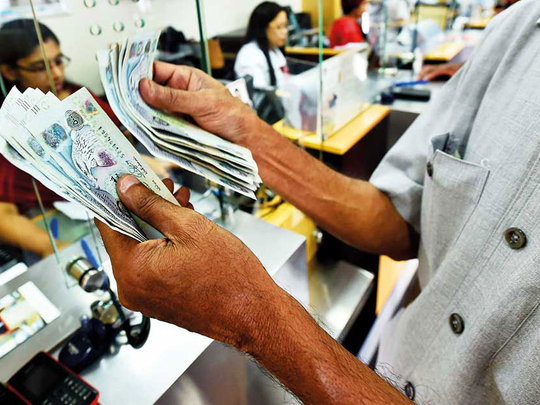
Dubai: Remittances from the UAE are seeing an uptick as several, particularly South Asian currencies, were losing ground and recorded remittance-beneficial rates in the past weeks. But will the currency trend continue? Estimates show Philippine Peso staying in check, while Indian Rupee and Pakistani Rupee are seen steadily rising in the weeks to come.
In the second quarter of 2021, outward personal remittances form UAE increased by 8.7 per cent or Dh3.6 billion year-on-year. There was a rise of outward remittances through banks by Dh6.1 billion, while transfers through exchange houses dropped by Dh2.5 billion.
The top five countries for outward personal remittances during the second quarter were India, Pakistan, the US, the Philippines and Egypt, accounting for 28.8 per cent, 12 per cent, 6.9 per cent, 6.2 per cent and 6.1 per cent, respectively. Outward personal remittances rose on an annual basis to all five major countries of destination.
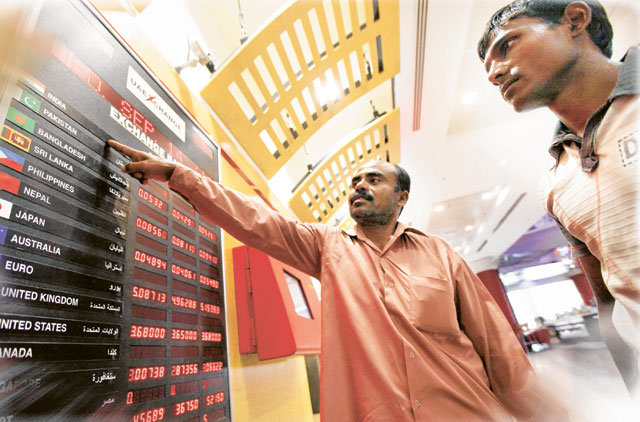
Will currency back home rise or fall?
When it comes to sending money back home, it is vital to know whether it is currently an ideal time to remit. To understand whether it is or isn’t, one should first find out if your currency back home is expected to rise or fall in the days to come.
Here is an analysis of how the aforementioned currencies have been performing and expected to perform in the coming weeks and month, to help understand whether remitting money now is profitable or cost-effective, or should you wait it out for a few weeks for a better rate to come along.
Indian Rupee value to briefly fall by mid-October before steadying
With the Indian rupee (INR) currently at 20.1 to the UAE dirham, the Indian rupee last weakened to 73.8 against the US dollar.
According to research, the Indian rupee is expected to drop to 20.3 by the middle of next month against the UAE dirham, before it ends the month at 19.9.
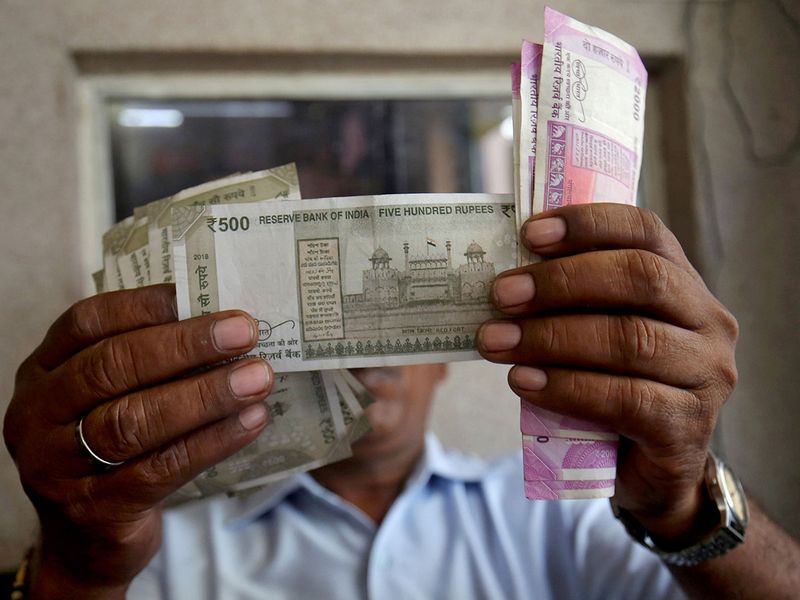
So it is financially prudent to remit at the start of next month, as you will get comparatively lesser Indian Rupees for your UAE dirham’s worth by October-end. These month-end rates will further drop in November and December, steadying at 19.6, current estimates revealed.
Analysis show rates will stay between 19.3 to 19.9 during the rest of 2021, indicating October will be the most cost-effective time to remit, when compared to the remainder of the year. As of now, rates are expected to stay remittance-beneficial during the start of next year.
Pakistani Rupee seen spiking in the coming weeks
In Pakistan, the buying rate of the US dollar was currently 169.28 Pakistani rupee (46.09 versus UAE dirham).
According to research, the Pakistani rupee is expected to dip to 47.1 by the end of September, from the current 46.09 against the UAE dirham. Rates will steadily rise through the month of October, before ending the month on a high.
During the last weeks of October, the Pakistani Rupee will mostly average between 46.9 and 47.1, making it an ideal and the most profitable and cost-effective time to remit.
Where is the Philippine Peso headed in the weeks to come?
According to research, the Philippine Peso is expected to steady 13.7 against the UAE dirham over the next 30 days – making it ideal to send money over the next coming weeks.
The rates are expected to slip in November, but rise in December, ranging between 13.58 and 13.9 respectively, before the Philippine Peso rises in January, 2022, to 14.2.
The average exchange rate against the UAE dirham in September will be 13.67, with the currency rising 1.2 per cent in the month. Over the month of October, rates are expected to stay in check, edging down just 0.1 per cent, with the exchange rate averaging at 13.68. In November, rates are currently expected to be 13.58, slipping 0.7 per cent.
However, as rates are expected to rise further during the following months of December and January of next year, it would be more cost-effective to remit during those months. The Philippine Peso, which is currently 13.64 against the UAE dirham, dropped 1 per cent during the last quarter.
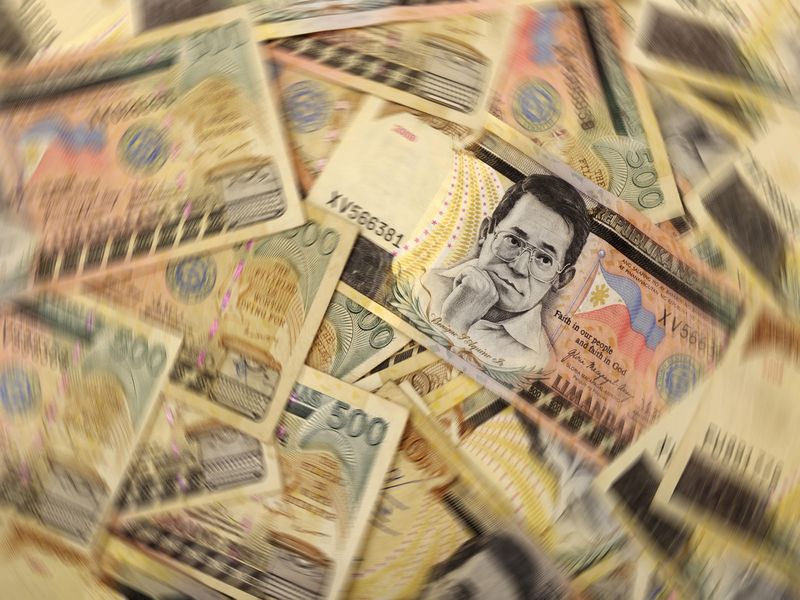
What are the factors triggering these currency movements?
The value of a country's currency is linked with its economic conditions and policies.
The value of a currency generally depends on factors that affect the economy such as imports and exports, inflation, employment, interest rates, growth rate, trade deficit, performance of equity markets, foreign exchange reserves, macroeconomic policies, foreign investment inflows, banking capital, commodity prices and geopolitical conditions.
Looking ahead the currencies are likely to remain under pressure on rising crude prices and relative strength of the US dollar in the forex markets. A possible decline against the dirham is a reflection of the decline of the currencies' fall against the US dollar on which the UAE currency is pegged.
Despite the uptick in oil prices, uncertainties loomed as the market came under renewed pressure. Oil prices are currently struggling to break out of current ranges this year as a spike in the Delta coronavirus cases threatens to slow an oil demand recovery, a Reuters poll showed recently. The OPEC and its allies have thus far taken a gradual approach to increasing supplies.
The world's third-biggest oil consumer, India, is concerned about domestic price pressures, with the nation expecting fuel consumption to return to pre-pandemic levels by the end of this year.
Looking at the potential surge in dollar demand in months ahead, South Asian currencies could experience further downward pressure in the months ahead.



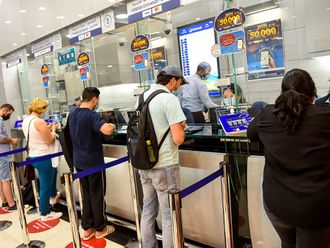
_resources1_16a4a1613d8_small.jpg)



